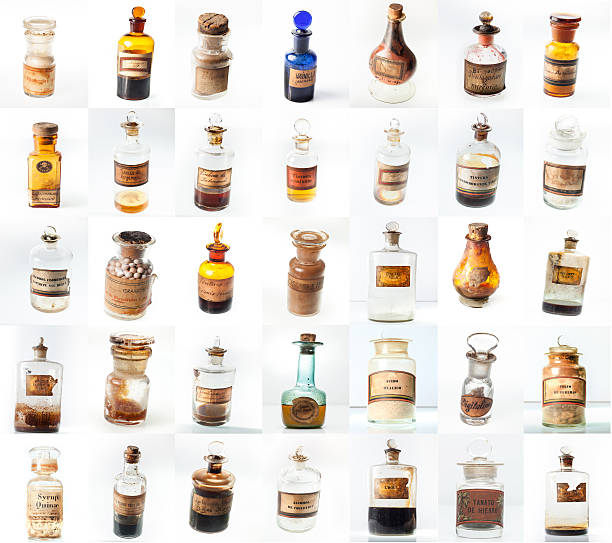
Gallipot: A Glimpse into Apothecaries’ Craftsmanship
A gallipot, a small glazed pot or jar, carries with it the echoes of a bygone era when apothecaries wielded their expertise in crafting medicines, ointments, and confections. This unassuming vessel, with its practical design and historical significance, played a crucial role in the world of traditional pharmacy.
Apothecaries and Their Craft
In centuries past, apothecaries were the custodians of health, meticulously concocting remedies for a myriad of ailments. The gallipot was an indispensable tool in their trade, serving as a repository for their carefully crafted potions. These pots were typically made from glazed ceramic or porcelain, ensuring that the contents remained uncontaminated and protected from external elements.
A Sanctuary for Remedies
The gallipot was more than just a container; it was a symbol of the apothecary’s artistry and commitment to healing. Inside these small vessels, one could find a treasure trove of medicinal secrets, from salves that soothed skin ailments to elixirs that eased digestive discomfort. Each gallipot held the promise of relief and recovery.
Evolution and Legacy
As time progressed and modern pharmaceutical practices emerged, the gallipot gradually faded into obscurity. However, its legacy endures as a reminder of the dedication of apothecaries who once labored over the well-being of their communities. Today, these quaint vessels are collectors’ items and museum pieces, cherished for their historical value and the stories they carry.
In a world of advanced medicine and technology, the gallipot stands as a testament to the humble beginnings of pharmacy. It reminds us of a time when healing was an art as much as it was a science, and when apothecaries, armed with their gallipots, played a vital role in the health and well-being of society.